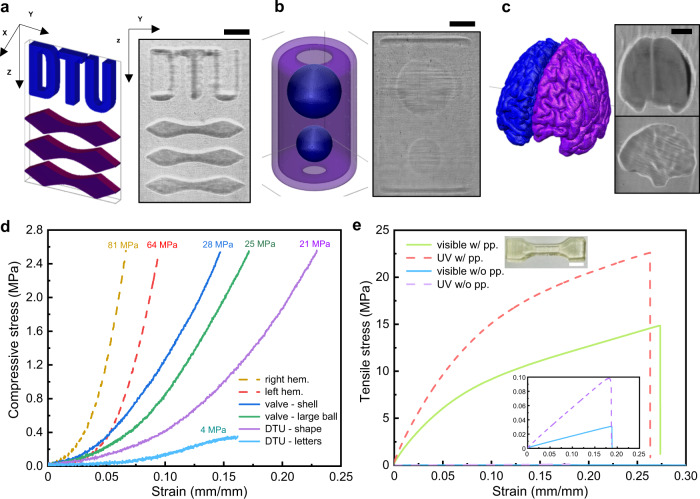Fig. 2. Stiffness can be controlled in workpieces of complex shape and in all three Cartesian directions.
a Stiffness control in the vertical direction. Left: dual-color design of a DTU logo, in which the letters are cured using visible light and the three stylized lions (shape) below using UV. This is a suspending structure that would require auxiliary support if built using conventional AM methods. Right: A DTU logo printout floating in viscous resin, captured by the surveillance camera. DCTVP can print this multimaterial workpiece in one shot without auxiliary support. b Stiffness control in a nested structure. Left: dual-color design of two encaged balls (valve). The hard shell is cured using UV while the soft balls inside using visible light. Right: a snapshot of the polymerized workpiece captured by the surveillance camera. c Dual-color design of a 3D brain model (left). The left hemisphere is cured using visible light and the right hemisphere using UV. Two surveillance snapshots of a printout with good geometric fidelity are shown on the right. The front view (top) suggests that the right hemisphere (hem.) was more susceptible to overexposure because the UV source had a greater volumetric printing rate. The gyri features can be seen in the side view (bottom). Scalebars: 3 mm. d Stiffness characterization of the workpieces in Fig. 2a–c. It was noted that the modulus extracted from these response curves, obtained using a texture analyzer, were subject to uncertainties associated with the size, shape and the internal homogeneity of the test subjects. For these irregular geometries, it was not possible to prepare standard-shaped test specimens as we did for the samples in Fig. 1. Therefore, the numbers reported here reflect only the relative stiffness of various parts in a single printout and are meant for intrasample comparison only. e Standard tensile test results. The dogbone specimens were printed using each of the two light sources individually. The results for specimens without postprocessing (pp.) are shown in the inset. Scalebar: 5 mm. The dimensions of the specimen are given in Supplementary Fig. 9.

